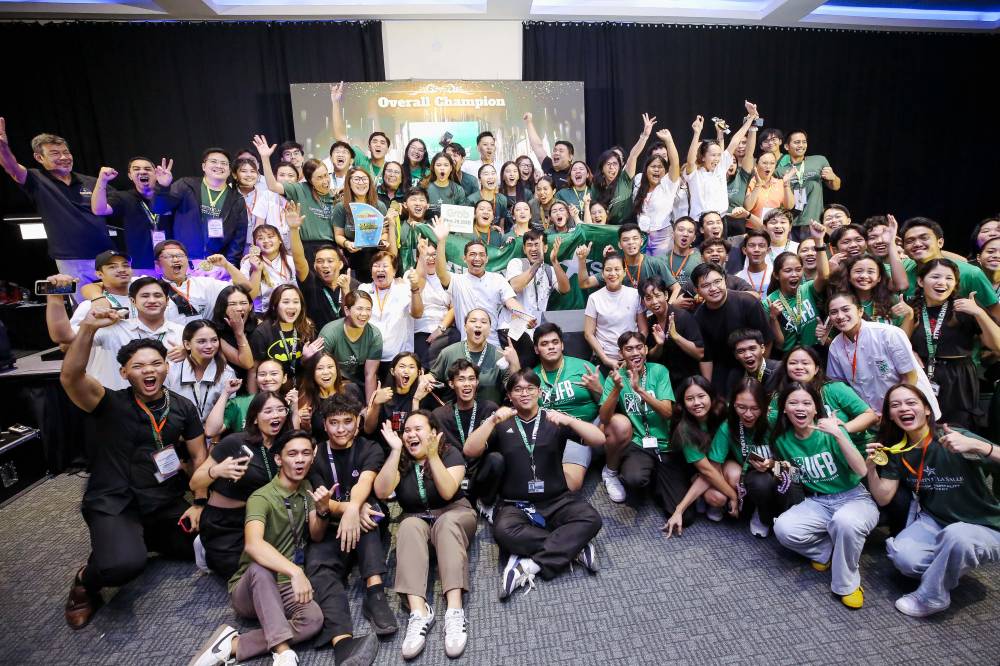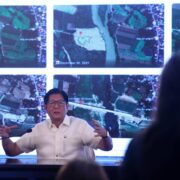National Food Showdown returns to discover homegrown talents

For more than a decade, the National Food Showdown (NFS), which took inspiration from Chefs on Parade (COP), then organized by the Hotel and Restaurant Association of the Philippines, stopped staging live culinary competitions, leaving the country no avenue to showcase its local talents. However, one veteran chef took on the noble task of reviving it back in 2009.
“Twelve years after the last COP, I decided to start the NFS, born out of my advocacy of nurturing fresh talent, using international principles of cookery as a standard of measuring skills, and my passion for Filipino heritage dishes,” says retired chef Myrna Segismundo.
“Having worked with various and diverse culinary teams, I realized that a lot of culinary professionals knew the ‘how’ of what they were cooking, but not the ‘why.’ That’s when I realized there is a need to promote and preserve Filipino heritage dishes and, just as importantly, their method of cooking.”

Globalization may have its benefits and advantages, but it is essential to appreciate, acknowledge, and preserve heritage cuisine as it plays a huge role in a nation’s history and culture.
“The NFS is my labor of love, so to speak, and is executed in collaboration with private institutions like schools and industry associations, with support from my network of professional chefs and food and beverage associates,” Segismundo adds.
Culinary competition
Last month, I was invited to be one of the judges for this year’s Bacolod leg. Also on the panel were some of the chefs I’ve long admired, including Glenda Barretto, Tonyboy Escalante, Fernando Aracama, Robby Goco, Sunshine Puey, Tom Bascon, See Cheong Yan, Tina Legarda, Kalel Chan, Raul Ramos, Ginny de Guzman, and Beth Romualdez.
Also in attendance were author Nina Puyat and cheesemaker Olive Puentespina.
We all took turns scoring a bevy of categories: savory such as Klasika/Moderna Kulinarya and Best Regional Ingredients, as well as beverage competitions like Flairtending, Cocktail Mixing, Mocktail Mixing, and Coffee and/or Cacao Concoctions.
There were also rounds on Regional Fruit Jams, Plated Kakanin, Table Setting with Floral Centerpiece, Vegetable and Fruit Carving, Baby Cakes, and Wedding Cakes.
For the 8th Sabor Bisaya, 2nd Mayor Albee Masskanamit, and 15th National Food Showdown Competition, the University of St. La Salle took home the title of overall champions.

While the Bacolod contest was ongoing, NFS in Cagayan de Oro was happening simultaneously. The judges were Jessie Sincioco, Norbert Gandler, Suzette Montinola, Gene Gonzalez, Mel Taylo, Penk Ching, Sandy Daza, Waya Wijangco, and Manny Torrejon. Some of the top winners were Ace Reyes of Limketkai Luxe Hotel for Kumbira Chef Master Competition, Alnaser Idjiran for Kumbira Cake Master Competition, and James Ranan for Kumbira Brew Master Competition.
Inspiring
I love joining such events because not only do I get to spend quality time with industry friends, but I also get inspired by the creativity and persistence of young chefs. Segismundo feels the same.
“I have always bemoaned the sparseness of Filipino vegetable dishes,” she says. “There were so many creative takes on the humble atchara, a few that really took my breath away for the sheer genius of the dish as well as their flavors. That’s the product of long hours of research and practice. Win or lose, everyone takes home learning from the experience—not just for those competing, but even for those who are judging.”

In addition, witnessing schools cheering for their respective teams, expressing their competitive intensity all in the spirit of fun, was such an adrenaline rush for me. I couldn’t help but share in their revelry. I often found myself chanting and cheering with the crowd. The vibe in the stadium was electrifying, and though it was a heated match, there was one clear winner at the end of it all: Filipino talent and cuisine.
“We are a country of over 7,600 islands and 111 dialects. Though the flora and fauna are largely the same across the archipelago, the cuisine is unique from region to region,” says Seguismundo. “Even the average Filipino diner would be able to tell Kapampangan cuisine from Ilonggo, for example. So, regional competitions, in effect, honor those distinct attributes and bring to the fore how each region is unique.”
Follow the author on @fooddudeph on Instagram.
Angelo Comsti writes the Inquirer Lifestyle column Tall Order. He was editor of F&B Report magazine.


















